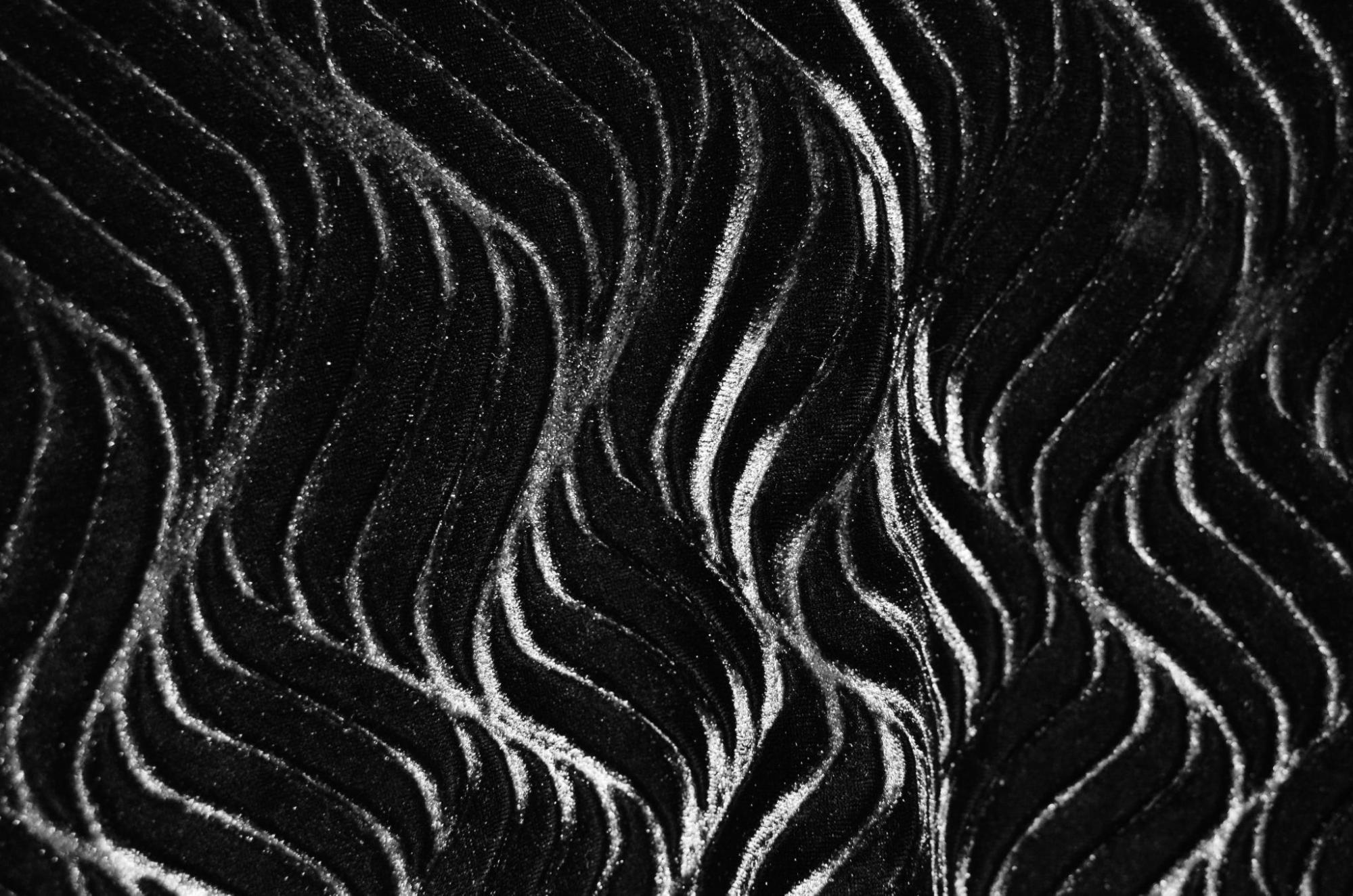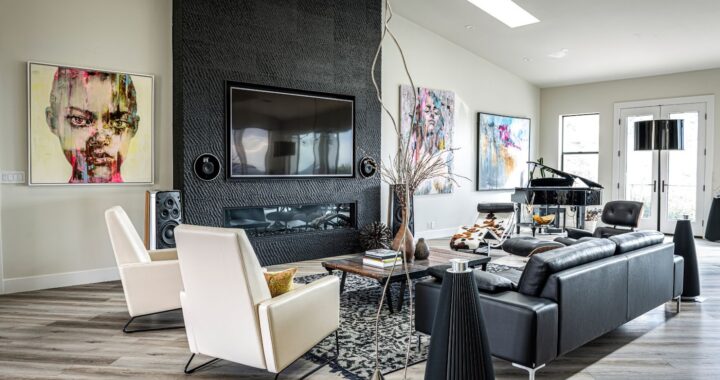
Mastering The Art of Patterns: A Design Repeated As A Unit In A Pattern Is Called A ________.
A Design Repeated as a Unit in a Pattern is Called a ________.
Patterns created through repetition in design have been used for centuries in various art forms, from textiles to architecture. They can be found in ancient mosaics, traditional tile work, and even modern graphic design. The repetition of a design element in a pattern not only adds visual interest but also creates a sense of structure and predictability. It’s a powerful technique that can transform a simple design into something captivating and memorable.
Types of Patterns in Design
There are several types of patterns commonly used in design, each with its own unique characteristics. These patterns can be categorized based on the way the repeated elements are arranged and the overall visual effect they create. Some of the most commonly used patterns in design include:
- Geometric Patterns: Geometric patterns are based on simple, mathematical shapes such as squares, triangles, circles, and rectangles. These patterns often have a clean and orderly appearance, and they can create a sense of structure and precision in a design.
- Organic Patterns: Organic patterns are inspired by elements found in nature, such as plants, animals, or natural landscapes. These patterns often have curvilinear, flowing shapes and can create a sense of movement and life in a design.
- Motif Patterns: Motif patterns are created by repeating a specific design element or motif throughout a composition. These patterns often have symbolic or cultural significance and can add depth and meaning to a design.
- Tesselation Patterns: Tesselation patterns are formed by repeating simple shapes without any gaps or overlaps. These patterns can create intricate and mesmerizing designs, often seen in Islamic art and architecture.
- Textile Patterns: Textile patterns are commonly used in the fashion and interior design industries. These patterns often feature repeating motifs or designs that are printed or woven onto fabrics, creating visually appealing and textured surfaces.
Importance of Repeating Patterns in Design
Creating Visual Cohesion
Repeating patterns in design play a crucial role in creating visual cohesion within a composition. By repeating specific elements or motifs, designers establish a sense of rhythm and balance. The repetition of shapes, lines, or colors helps to unify different parts of a design, making it visually coherent and harmonious.
When viewers encounter a repeated pattern, it creates a sense of familiarity and order. The repetition guides their eyes across the composition, allowing them to easily navigate through the design. This visual flow not only enhances the overall user experience but also ensures that the important elements of the composition are seen and understood.
Enhancing Aesthetics
Repeating patterns can significantly enhance the aesthetics of a design. They add visual interest and depth, transforming a simple composition into something captivating and dynamic. The repetition of motifs brings a sense of rhythm and movement to the design, creating a visually pleasing and engaging experience for the viewer.
Moreover, repeated patterns can create a sense of texture and richness in a design. Whether it’s a geometric pattern or an organic motif, the repetition of elements adds a layer of complexity and detail. This can elevate the overall aesthetic appeal of the design, making it more visually stimulating and memorable.

Characteristics of Repeating Patterns
Symmetry And Balance
In the world of design, a repeating pattern is created when a design is repeated as a unit. These patterns play a crucial role in achieving visual cohesion and capturing the attention of viewers. As a designer, I understand the importance of incorporating repeating patterns into my work to create visually appealing and engaging compositions.
One of the key characteristics of repeating patterns is Symmetry and Balance. Symmetry refers to the mirrored or balanced arrangement of design elements within a pattern. This creates a sense of harmony and order, making the pattern visually pleasing. Balance, on the other hand, refers to the distribution of visual weight in a design. By carefully arranging and repeating elements, I can achieve a sense of equilibrium and stability in the pattern.
Scale And Proportion
Another important aspect of repeating patterns is Scale and Proportion. Scale refers to the relative size of design elements within a pattern, while proportion refers to their relationship to one another and the overall pattern. By manipulating the scale and proportion of elements, I can create visual interest and depth in the pattern.
When working with repeating patterns, I consider the scale and proportion of the elements to ensure that they are visually appealing and balanced. By varying the size of elements or their arrangement, I can create a sense of movement and add visual complexity to the pattern. This allows the viewer’s eyes to move across the design and discover new details.
Conclusion
Repeating patterns in design are a powerful tool for creating visually appealing compositions. These patterns, characterized by symmetry and balance, scale and proportion, and repetition and rhythm, contribute to a sense of harmony, visual interest, and cohesion. By incorporating these characteristics into their designs, designers can effectively capture the attention of viewers and communicate their desired message. The use of repeating patterns allows for the creation of cohesive and engaging compositions that draw the eye and leave a lasting impact. So, whether it’s a simple geometric pattern or an intricate floral design, understanding and utilizing the power of repetition in design can elevate the overall aesthetic and impact of any visual creation.





